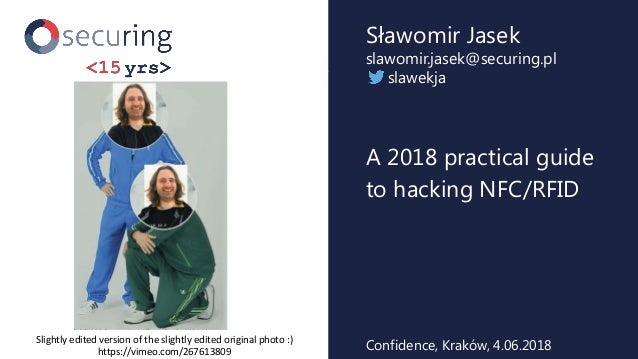

I also noticed that the UID was 7Byte, making it a MIFARE Ultralight card grrrrrrr About this manufacturer block (Sector 0 – Block 0) This part of the card is the only interesting part, as no other data is written to any sector/block as far as I can see. I used the on my Samsung S6, the the result was a bit disappointing.ĭetailed information about every sector on the card (if any data would be present except the UID) So the only interesting information is in Sector: 0, also called the manufacturer block. Reading and capturing contents of the card After some investigation I noticed that my Samsung mobile phone has a NFC reader. MiFare Ultralight cards have a 7-byte UID that uniquely identifies the card. Manufacturer / data / value blocks MIFARE Ultralight? MiFare Ultralight cards typically contain 512 bits (64 bytes) of memory, including 4 bytes (32-bits) of OTP (One Time Programmable) memory where the individual bits can be written but not erased.MIFARE Classic? Some informational dumps:.In my search for information, I found the following pages interesting: As the replacement costs for a lost / broken card is €10 a clone would be a good investment.īy holding the card in front of the reader, I can open the trashcan, ohw happy days. I got a trash card, a card that I have to use to open the underground trash bin, that I want to clone. Writing a 4Byte dump on a different card Why? The MIFARE NFC card is used in many environments.The UID thing that messes with my head.About this manufacturer block (Sector 0 – Block 0).

Reading and capturing contents of the card.This looks like it COULD be the right step, because the app would need to send the key to the NFC chip in order to decrypt it. I've attached strace to This app looks to be Android's NFC daemon is its in its own group 'nfc' And it looks to be reading and writing (via read() and write() syscalls) all sorts of interesting data to /dev/pn544 pn544 also belongs to the NFC group: crw- 1 nfc nfc 10, 58 02:53 /dev/pn544 I don't know though, this doesn't seem to be low enough, I guess I'd be seeing information going from the app to the lower NFC chip vice-versa. (Hopefully the key exchange isn't done in TZ!) Cheers guys! Hey Guys, Little update.
#Cracking mifare ultralight driver
Perhaps the key is passed to the driver then its decrypted? TL DR Can you extract Desfire EV1 Keys from a compiled app that I can successfully read a card? 38 thoughts on “ Using a mobile phone to clone a MIFARE card ” Luuk Wuijster says: Decemat 22:41. Deck from 2007 that you linked to contains a very good description of cracking Mifare Classic.
#Cracking mifare ultralight android
Does anyone know of the Android Mifare Decrypted call?

I can attach IDA to the application however there are heaps of different calls, I can't really see a call where the key is being passed to it. Could someone point me in the right direction? Faceniff For Pc. Now I believe that the master key is loaded into memory at some point in order to decrypt the information on the card. Hey Guys, I have an app that can read information from a Mifare Desfire EV1 card (That I don't have the key for).


 0 kommentar(er)
0 kommentar(er)
